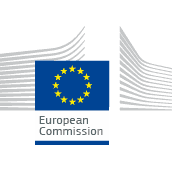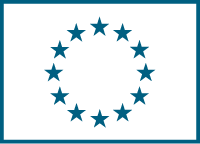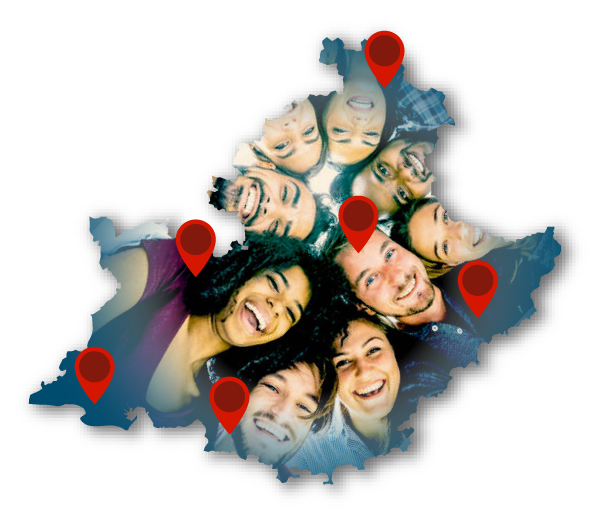
Cultural heritage as a driver for sustainable growth - SC5-21-2016-2017
Deadline: Sep 5, 2017
CALL EXPIRED
CALL EXPIRED
Rural Development
Start Up
Environment
Sustainable Development
International Cooperation
Urban Development
Architecture
Cultural heritage
Horizon Europe
Topic Description
Specific Challenge:
European cities and rural areas are unique cultural landscapes full of character at the core of Europe's identity. They are examples of our living heritage which is continually evolving and being added to. However some of them are facing economic, social and environmental problems, resulting in unemployment, disengagement, depopulation, marginalisation or loss of cultural and biological diversity. These challenges create demand for testing and experimenting with innovative pathways for regeneration. Cultural heritage (both tangible and intangible) can be used as a driver for the sustainable growth of urban and rural areas, as a factor of production and competitiveness and a means for introducing socially and environmentally innovative solutions. The overall challenge is to go far beyond simple conservation, restoration, physical rehabilitation or repurposing of a site and to demonstrate heritage potential as a powerful economic, social and environmental catalyst for regeneration, sustainable development, economic growth and improvement of people’s well-being and living environments.
Scope:
Proposals should address one of the following:
a) Heritage-led urban regeneration (2016)
b) Heritage-led rural regeneration (2017)
For both, actions should develop and deploy via large-scale demonstration projects novel heritage-led systemic approaches[[For more on systemic innovation, please see the introduction to this work programme.]] and solutions for sustainable growth. In order to pave the way for their rapid replication and up-scaling, a 'Role models' and 'Replicators' approach should be implemented.
The 'Role models' are urban or rural landscapes which have demonstrably and successfully pursued a heritage-led regeneration.
The ‘Replicators’ are urban or rural landscapes that will be assisted/mentored by 'Role models' and committed to their heritage-led regeneration within the duration of the project, replicating the heritage-led regeneration 'blueprints' of the 'Role models', properly contextualised to fit their particular contexts. The ‘Replicators’ will therefore proactively seek advice, assistance and mentoring from the 'Role models', have privileged contact with them and access to their know-how, and will participate in the definition of user requirements and the methodology for transferability of solutions, data collection etc.
The higher the number of 'Role models' and 'Replicators' involved, the larger the evidence base and hence the replicability and up-scalability potential of the project outputs under different contexts. The Commission considers that involving six 'Role models' and three 'Replicators' from different Member States would greatly enhance the potential of a proposal for replicating and up-taking of the results across Europe. Beyond this and in line with the strategy for EU international cooperation in research and innovation (COM(2012)497), participation of 'Role models' from non-EU countries is encouraged, since this would further enrich the evidence base of successfully implemented heritage-led regenerations and would thus enhance the replication and impact potential of such activities in non-EU regions (e.g. Latin America) and countries.
Replication critically depends on the timely and active involvement of the ‘Replicators’ in the project development, the effective and continuous knowledge transfer, mentoring, networking and support by the 'Role models' (e.g. through staff exchanges to enhance their capacity in, among other things, securing the financial resources necessary for the regeneration through innovative financing and business models, partnerships (e.g. public/ private) and mobilisation of investments). The success potential of the proposal will be assessed according to the innovative nature and the replicability potential of the approach; the financing, business and governance models; the mobilisation of new investments; the participatory, multi-stakeholder and trans-disciplinary processes (also securing citizens' engagement and ownership of regeneration plans); the long-term political and financial commitment of the competent authorities in the 'Replicators' to guarantee the project implementation, independently of possible changes in their political context during the course of the project; the capacity for mobilising and leveraging additional investments to secure economic and financial sustainability for the execution of the project; and the soundness of the approach in 'mentoring' and transferring knowledge from the 'Role models' to the 'Replicators' and beyond. Partnerships should involve local and regional authorities, planners, enterprises, academics and local communities in a clearly defined structure with roles and responsibilities properly spelled out for all involved parties. The participation of social sciences and humanities disciplines such as architecture, archaeological sciences, cultural anthropology, law, economics, governance, planning, cultural and historical studies, is critical to properly address the complex challenges of this topic.
Projects should aim to:
- map, analyse and systematically document successful heritage-led regeneration models in 'Role models', linking where appropriate cultural and natural heritage; make this evidence base readily accessible to an EU-wide community of competent and interested authorities, planners, practitioners, enterprises and stakeholders (including civil society) through innovative communication and training strategies. Particular emphasis should be paid to successful business and management models, financing mechanisms, leveraging of investments, governance structures, urban and territorial plans and legal frameworks. 'Role models' would, if they so wish, also have the possibility of further upscaling their regeneration activities during the life of the project;
- assist 'Replicators' through provision of expertise, advice and capacity building in developing and implementing during the life of the project their heritage-led regeneration plans, including appropriate business and management models, financing mechanisms, governance structures, planning tools and legal frameworks;
- set up a robust monitoring scheme to monitor the performance of the deployed regeneration scheme, so as to assess the impact for the targeted rural and urban areas in an as quantifiable way as possible against a well-defined baseline at the time of the proposal. Performance monitoring should last for a period of at least 2 years within the life of the project. Longer term monitoring commitment beyond the end of the project, while continuing the systematic documentation of the data, will give an added value to the proposal;
- develop methodologies enabling the replication and up-scaling of heritage-led urban regeneration projects in different contexts, including replication of innovative investment strategies, governance and business models;
- identify potential regulatory, economic and technical barriers and propose concrete ways to optimise policy and regulatory and administrative frameworks;
- establish long-term sustainable data platforms securing open, consistent data and performance measurements and interoperability of data infrastructures to ensure effective communication, public consultation, exchange of practices and sharing of experiences and a continuous building up of the 'knowledge portfolio' through future activities under Horizon 2020 and beyond, and long-term (i.e. beyond the life of the project) exploitability of the results.
Proposals shall address all of the above points.
Projects should envisage resources for clustering with other projects financed under this topic as well as other projects under the 'Cultural Heritage for sustainable growth' part of this call and – if possible – also under other relevant parts of Horizon 2020.
Because of the substantial investments that might be necessary for the heritage-led regeneration in the urban and rural context, additional or follow-up funding should be sought, be it private or public, from relevant regional/national schemes under the European Structural and Investment Funds (ESIF), including the European Regional Development Fund (ERDF), or other relevant funds such as the Instrument for Pre-accession Assistance (IPA II). In the case of ESIF/IPA, contacts could be established with the funds' managing body during the duration of the projects. In case of relevance for the Research and Innovation Smart Specialisation Strategies, the project proposals could already indicate which interested regions/countries have been pre-identified. Please note, however, that reference to such additional or follow-up funding will not lead automatically to a higher score in the evaluation of the proposal.
The Commission considers that proposals requesting a contribution from the EU of up to a maximum of EUR 10 million would allow this specific challenge to be addressed appropriately. Nonetheless, this does not preclude submission and selection of proposals requesting other amounts.
Expected Impact:
Projects are expected to contribute to:
- providing new heritage-led urban and rural regeneration paradigms, up-scalable and replicable, replacing the object-oriented approach with a spatial approach in heritage planning and offering new economic and investment opportunities, new products and services, reduced regulative and administrative barriers, innovative governance adopting trans-disciplinary and participatory approaches and promoting citizens’ engagement and new local skills and jobs;
- strengthening Europe's capacity as a world-leader in promoting, financing, developing, managing and replicating innovative use of heritage for urban and rural regeneration in Europe and beyond;
- securing heritage conservation and sustainability through fostering collective management, responsibility and ownership of cultural heritage, and establishing a “community of practice” to promote heritage potential as a production (rather than a cost) factor to the society through unlocking its potential as a driver for regeneration and a catalyser for economic growth and jobs;
- providing as quantifiable evidence as possible of the cultural, social, environmental and economic benefits (e.g. set-up of companies, start-ups in new productive activities in different fields new cultural products and services, tourism, construction industry, developing talent, attracting new investment in the regeneration sector etc.) of heritage reuse at different levels, including in deprived or less developed areas;
- mobilising investment and opening up of new market opportunities for businesses through networking at European level competent authorities and stakeholders interested in using heritage to regenerate their cities or rural areas;
- positioning Europe as a leading force in the use of heritage as a means for social, cultural and economic development;
- assisting regions in developing their Research and Innovation Smart Specialisation Strategies by including sound heritage-led urban and rural regeneration projects.
Public link: Only for registered users
 EC - Horizon Europe
EC - Horizon Europe


Please Log In to See This Section